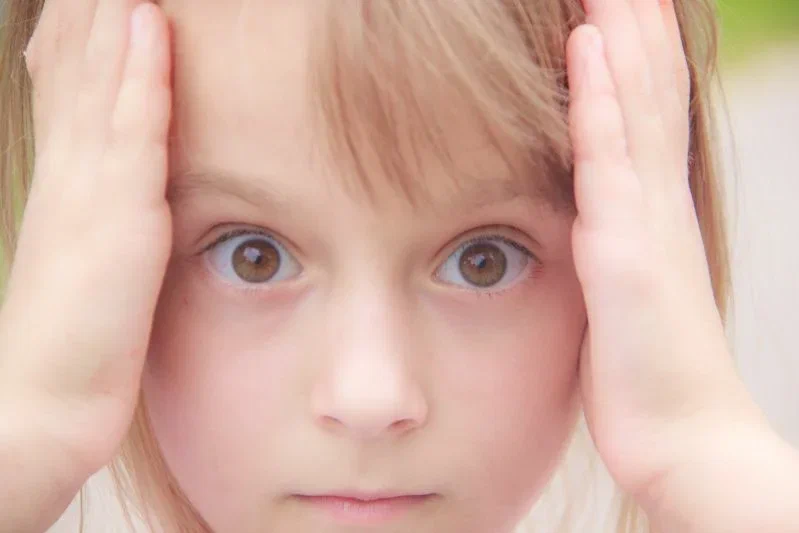Is your child rolling around on the floor of the store and you're ready to sink into the ground? Don't yell or threaten.
Just don't shout.
Instead, squat down to his level and calmly say, "I can see you're very upset. Let's figure out what to do together."
Often children throw tantrums because they don't feel in control.

Offer two options: “We can buy one chocolate bar now or two next week if you earn stars for helping around the house.” This way, you translate emotions into logic.
But there is also an emergency method. Take out of your bag an “anti-crisis bag” - a small toy that the child has not seen before.
The novelty will redirect his attention. Or start whispering. He'll have to shut up to hear you.
And if there is hysteria at home, turn on some music and suggest "dancing anger". Jump, stomp, scream into a pillow - this will let off steam without harm.
But what to do if hysterics happen every day?
The reason may be overtiredness. Children under 7 years old do not know how to recognize fatigue, so they "explode" like teapots.
Introduce a "quiet hour" even for those who do not sleep during the day. Half an hour of reading, puzzles or coloring is a reboot for the nervous system.
Also, check your diet. Sugar and dyes in juices and yogurts cause mood swings. Replace them with fruits and nuts.
Use the "green pen method." Instead of scolding for hysteria, praise for attempts to calm down.
For example: "You took such great deep breaths when you were upset!" This teaches the child self-control.
And if he throws a tantrum because of the ban, say: "I understand that you are angry. But a rule is a rule." Don't justify yourself or yell - speak firmly, but with sympathy.
Sometimes hysteria is a cry for help
Your child may not be able to say, "I'm sad" or "I'm scared." Hug him and ask, "Are you crying because you're tired? Or because I didn't hear you?"
Even if he doesn't respond, your concern will become an anchor of calm.
